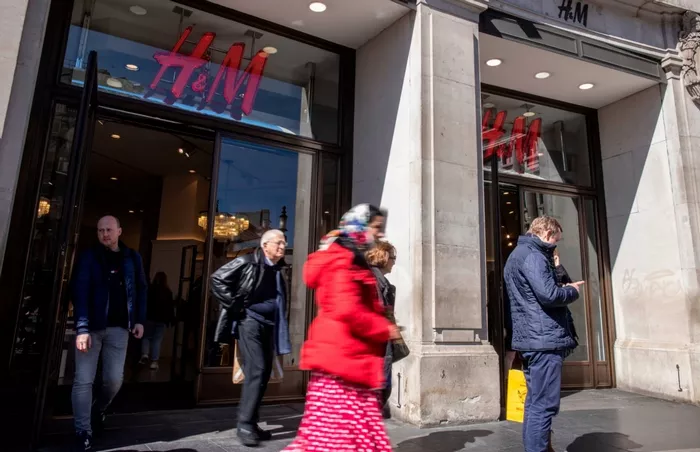Only one major fashion brand, Swedish giant H&M, is currently offering debt-free financing to help its suppliers decarbonise, according to new research from environmental non-profit Stand.earth. The organization’s 2025 Fossil-Free Fashion Scorecard assesses the climate efforts of 42 major fashion companies based on their public emissions reporting and decarbonisation initiatives.
H&M stands out for providing direct financial support and emissions-reduction guidance through initiatives like the Green Fashion Initiative, which helps suppliers invest in renewable energy and improve energy efficiency.
Of all the brands evaluated, just six—including H&M—offer any form of financial assistance to suppliers to cut emissions. The report emphasizes that decarbonising supply chains is crucial for the fashion industry, particularly fast-fashion brands, which often rely on a wide network of cost-driven suppliers in developing countries.
According to research by Fashion Revolution, supply chain emissions—or Scope 3 emissions—account for a staggering 96% of total emissions among major fashion brands. Despite this, industry-wide progress remains slow. Only three brands—Eileen Fisher (U.S.), Burberry (UK), and Prada (Italy)—have succeeded in cutting emissions consistent with the 1.5°C global warming target.
In sharp contrast, 17 companies have reported increased emissions compared to their self-determined baseline years, according to Stand.earth.
The report singles out Chinese fast-fashion behemoth Shein as the worst polluter among the brands assessed. Stand.earth states that if Shein were a country, its carbon footprint would make it the 100th largest emitter globally, matching the emissions output of Lebanon. The company’s Scope 3 emissions have surged by more than 170% over the past two years.
The findings were released shortly after the Science Based Targets initiative (SBTi) approved Shein’s net-zero pledge. This move raised concerns among sustainability experts, particularly because the pledge includes a goal to cut supply chain emissions by 90% by 2050—despite Shein’s currently rising emissions.
In response, a Shein spokesperson told Sustainable Views that emissions may increase “in certain areas” as the company grows, but added that “reduction strategies” are being implemented. The company cited efforts such as solar panel installations at warehouses, improved energy efficiency, and urging suppliers to adopt solar power and low-carbon manufacturing processes.
Other underperformers named in the report include Canadian and U.S. brands Abercrombie & Fitch, Columbia Clothing, and Aritzia. These companies were criticized as “biggest laggards” due to their failure to establish Scope 3 emissions targets. None of the three responded to requests for comment.
Despite many brands falling short, the report does highlight some positive developments. Fourteen companies, or 33% of those assessed, reported a sustained reduction in emissions of over 10% compared to their baseline years. Meanwhile, 19 brands, representing 45% of the total, reported emissions reductions compared to the previous year.
Additionally, 12 companies—29%—have now adopted renewable energy targets for their supply chains, a significant jump from only five in the 2023 edition of the report.
H&M earned top marks for progress, transparency, and investments in renewable energy. A company spokesperson noted that the recognition “reinforces [H&M’s] direction” on climate action and reaffirmed the brand’s commitment to reducing its environmental impact.
Related Topics
- Mrs. Universe Elite USA Dr. Meenakshi Ravi to Launch Fashion-Tech App and Host Paris Fashion Week Show in 2025
- Simone Biles Playfully Roasts Kylie Jenner Over Oversized Blazer: “This is a Crime!”
- Cunard to Launch First-Ever New York–to–London Transatlantic Fashion Week Voyage in 2025

